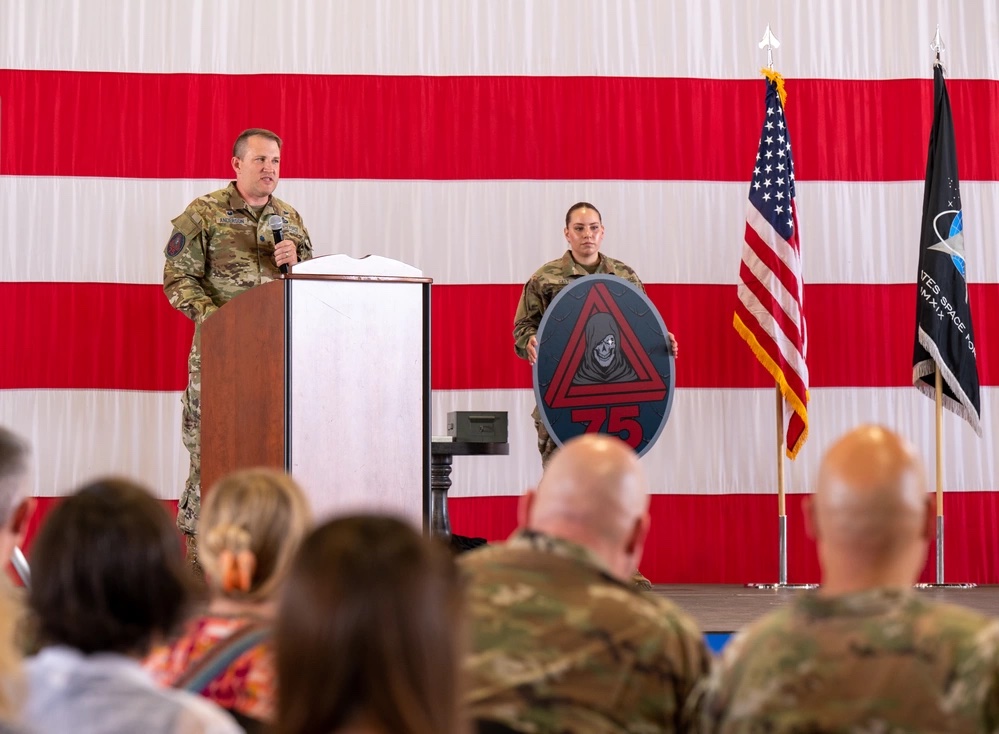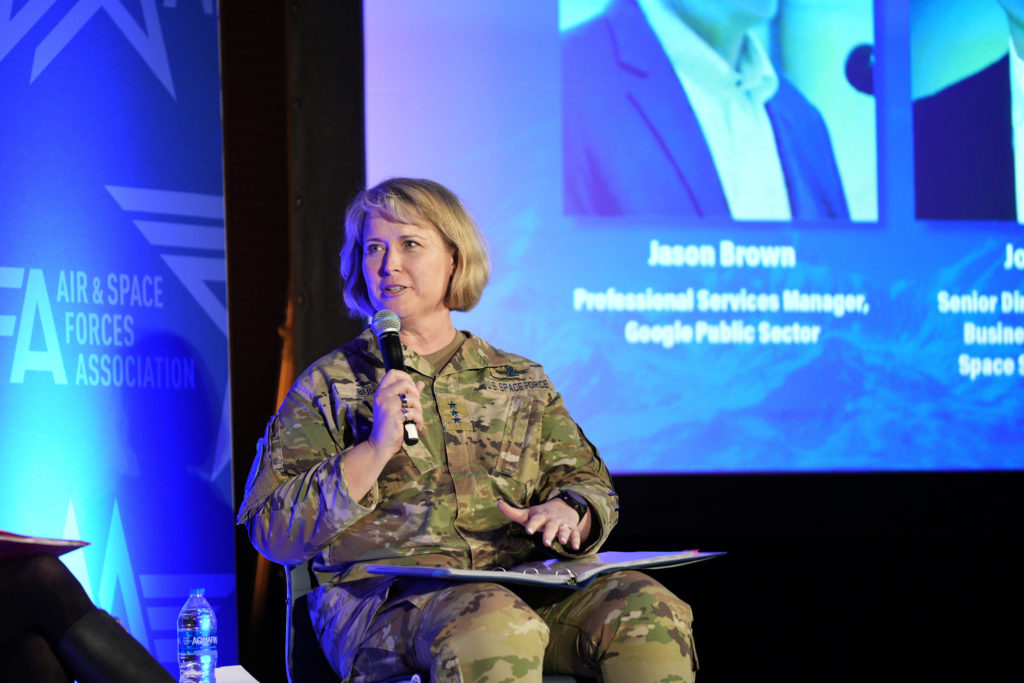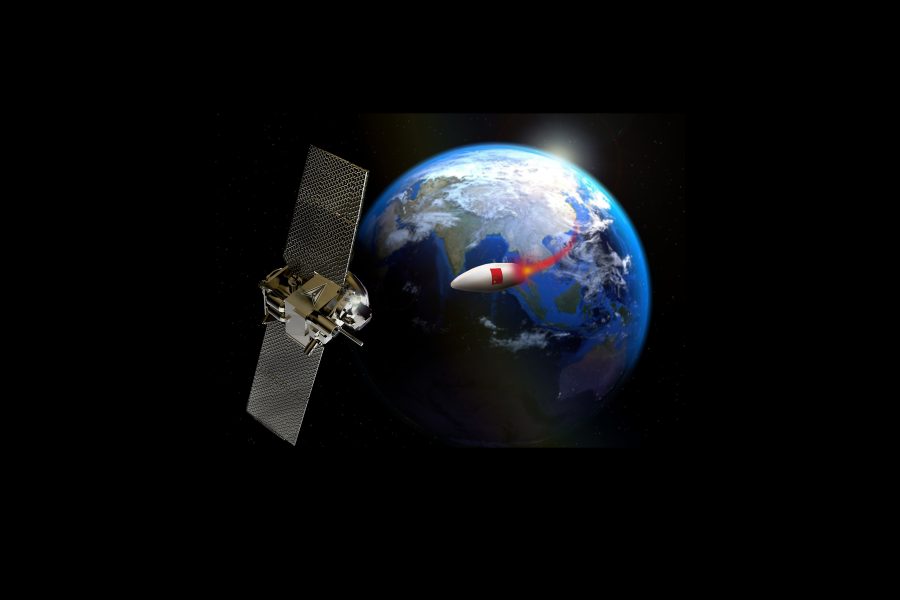Space Force leaders have become increasingly vocal about the need for responsible counterspace capabilities: weapons and operations that can hold enemies’ space assets at risk to deter conflict.
And it’s not just words—within the past year, the service has activated several units key to the counterspace mission, Space Force operations chief Lt. Gen. DeAnna M. Burt said during a Mitchell Institute for Aerospace Studies event Jan. 5.
“By no means do we want to see war extend into space, but if it does, we have to be prepared to fight and win, but do that in a way that doesn’t disadvantage all the other players that operate day-to-day in the domain,” said Burt, who serves as deputy chief of space operations for operations, cyber, and nuclear.
Responsible counterspace campaigning is one of three core tenets of CSO Gen. B. Chance Saltzman’s “Competitive Endurance” theory, which he first laid out in March 2023.
A few months after that in August, the Space Force established its first ever targeting unit, the 75th Intelligence, Surveillance, and Reconnaissance Squadron. Shortly after, the 76th ISR Squadron was activated to spearhead space ISR by consolidating and fusing intelligence data from various sources. These two units play pivotal roles in addressing counterspace missions.
“The 75th ISRS is a new squadron within Delta 7, which is our intelligence Delta, that primarily is working target folders and targeting for the all-domain architectures with primarily the focus on space target,” said Burt.

Targeting for the Space Force goes beyond attacking satellites—it includes ground stations, receivers, electromagnetic connections, and fiber cables. And Burt said the information maintained by the 75th ISR Squadron is crucial for providing decision-makers with options, including kinetic and non-kinetic attacks.
“When we start talking about in any given combatant command, a war that could extend into space or in their combatant command, how would they pull targets? They pull them from the standard targeting database,” Burt said. “These would be space targets that are maintained and kept current by the 75th and would provide them the information they need.”
The unit brings the Space Force in line with other services and combatant commands in how it provides information, through standardized “target folders.”
The 76th ISR Squadron, on the other hand, is an all-source intelligence unit that gathers and fuses intelligence related to space threats. This includes threats from various sources such as signals intelligence (SIGINT), human intelligence, and other imminent dangers in the space domain.
“As we learn more about these threats in the target folders of the 75th (Squadron) is creating, this is really to pull all that information together in the 76th, such that it can then be used by other intelligence entities, or just to better educate us on the way it works.” Burt said.
In addition to these units, Space Delta 15, more widely known as the National Space Defense Center, was activated in March 2023. As the C2 (Command and Control) element, Delta 15 serves as a joint center to analyze and understand activities in space, distinguishing between what is hostile, suspect, and what’s happening in the domain, according to Burt. It works closely with the 76th to utilize the intelligence gathered from space domain awareness sensors.
The emphasis is on conducting such operations in a responsible manner, adhering to international norms, and avoiding actions that could impact other space operators. The goal is to be prepared for potential conflicts in space while minimizing any adverse consequences such as “trashing the orbit,” as Burt put it.
“If you look at the airspace over Ukraine, you can see a very large hole where because fighting is going on, they’ve cleared the airspace and no aircraft are flying into that area,” said Burt, explaining that it is not the same case for the space domain. “Everyone is in the weapons engagement zones, depending on how those things play out.”


